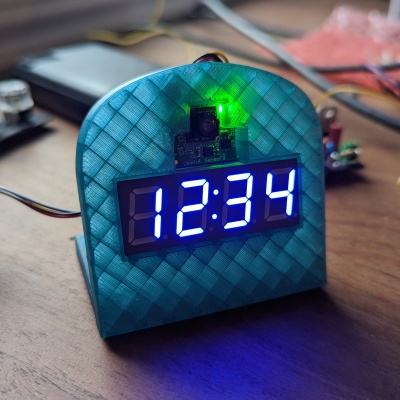Schoolchildren are allowed to quote from content created by ChatGPT in their essays, the International Baccalaureate has said.
The IB, which offers an alternative qualification to A-Levels and Highers, said students can use the chatbot but must be clear when they are quoting its responses.
[…]
Matt Glanville, the IB’s head of assessment principles and practice, said the chatbot should be embraced as “an extraordinary opportunity”.
However, Glanville told the Times, the responses must be treated as any other source in essays.
“The clear line between using ChatGPT and providing original work is exactly the same as using ideas taken from other people or the internet. As with any quote or material adapted from another source, it must be credited in the body of the text and appropriately referenced in the bibliography,” he said.
[…]
He added: “When AI can essentially write an essay at the touch of a button, we need our pupils to master different skills, such as understanding if the essay is any good or if it has missed context, has used biased data or if it is lacking in creativity. These will be far more important skills than writing an essay, so the assessment tasks we set will need to reflect this.”
[…]
Source: ChatGPT allowed in International Baccalaureate essays | ChatGPT | The Guardian
So many of these articles include fearmongering about ChatGPT, it’s good to see that the actual educators in charge are embracing the new technology and working with it – instead of ‘alarming teachers’ (which I doubt it really does)


